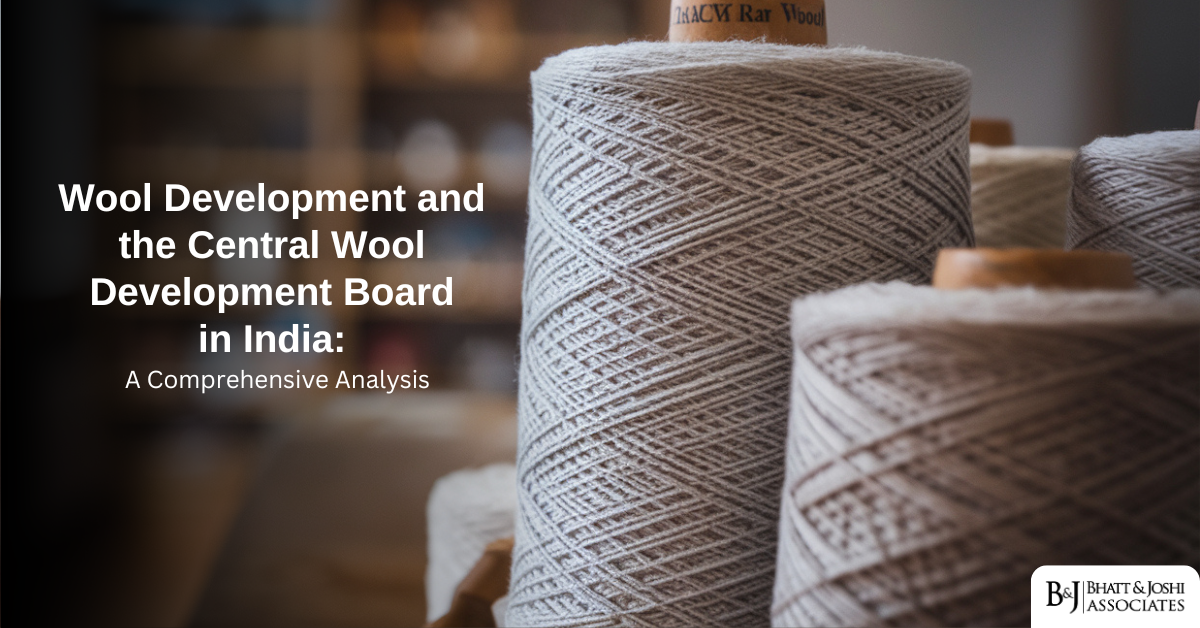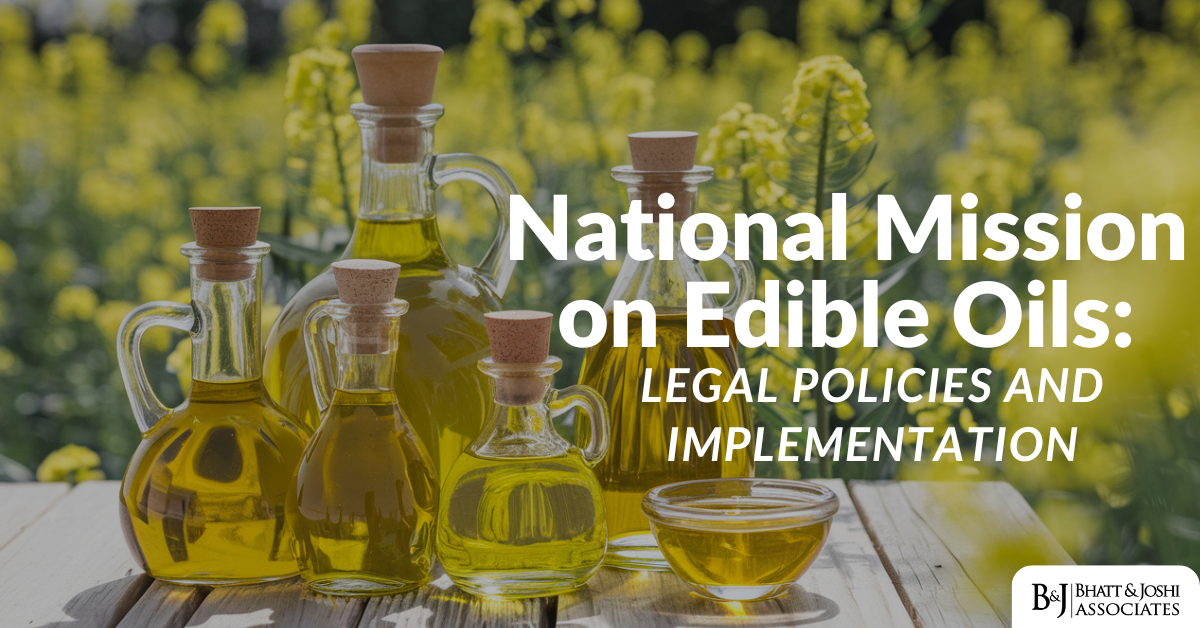Introduction
The wool sector in India holds a unique position in the country’s textile landscape, blending traditional pastoral practices with modern industrial applications. Despite not being a major global player in wool production, India’s diverse agro-climatic conditions support the rearing of various breeds of sheep, producing a wide range of wool types. At the heart of efforts to develop and modernize this sector is the Central Wool Development Board (CWDB). This article delves into the multifaceted aspects of wool development in India, exploring the historical evolution of the sector, the establishment and role of the CWDB, and the regulatory framework that governs this niche yet significant industry.
Historical Evolution and Development of the Wool Sector in India
The history of wool production in India is deeply intertwined with the country’s pastoral traditions, particularly in regions like Rajasthan, Jammu and Kashmir, and the Himalayan states. For centuries, nomadic and semi-nomadic communities have been engaged in sheep rearing, producing wool for both local use and trade.
The modern development of the wool sector in India can be traced back to the colonial era when the British established wool processing units in places like Kanpur and Dhariwal. However, the systematic development of the sector began in the post-independence period.
The 1950s and 1960s saw the establishment of key institutions like the Central Sheep and Wool Research Institute (CSWRI) in 1962, which played a crucial role in scientific research and breed improvement. This period also witnessed efforts to modernize the wool processing industry, with the establishment of several wool mills across the country.
The 1970s and 1980s marked a shift towards a more organized approach to wool development. The All India Coordinated Research Project on Sheep Breeding was launched in 1970, focusing on genetic improvement of indigenous sheep breeds. This period also saw increased attention to issues like pasture development and disease control in sheep.
The 1990s brought new challenges and opportunities with the liberalization of the Indian economy. The wool sector faced increased competition from synthetic fibers and imported wool. This period highlighted the need for a focused approach to wool development, leading to the establishment of the Central Wool Development Board in 1987, which became fully functional in the early 1990s.
The turn of the millennium saw efforts to revitalize the wool sector, with a focus on improving the quality of Indian wool, promoting value addition, and exploring new market opportunities. However, challenges like declining grazing lands, climate change, and changing socio-economic patterns in traditional sheep-rearing communities necessitated a more comprehensive approach to wool development.
The Central Wool Development Board: Establishment and Mandate
The Central Wool Development Board (CWDB) was established in 1987 under the aegis of the Ministry of Textiles, Government of India. The Board became fully operational in the early 1990s with its headquarters in Jodhpur, Rajasthan.
The primary objectives of the CWDB, as outlined in its mandate, include:
Promoting the growth and development of wool and woolens industry. Supporting the modernization of wool reeling, processing, and manufacturing. Improving the quality of raw wool. Promoting carpet-grade and apparel-grade wool production. Providing marketing and export assistance to the wool sector. Encouraging research and development in wool and woolens.
These objectives underscore the comprehensive role envisioned for the CWDB in nurturing and modernizing the wool sector.
The CWDB’s approach to wool development is multifaceted, encompassing various aspects from sheep rearing to marketing of wool products. The Board works closely with state governments, research institutions, and industry stakeholders to implement its various schemes and programs.
Regulatory Framework Governing the Wool Sector in India
The regulatory framework governing the wool sector in India involves various laws, rules, and regulations at both the central and state levels. While the CWDB plays a crucial role in policy formulation and implementation, several other regulatory mechanisms are in place to ensure quality, animal welfare, and sustainable development of the sector.
The Textile Committee Act, 1963
This Act provides for the establishment of committees for ensuring the quality of textiles, including wool and woolen products. Section 4(1) of the Act states:
“It shall be the duty of the Textiles Committee to ensure the quality of textiles both for internal marketing and export purposes and the manufacture and use of standard type of textile machinery.”
This provision has implications for quality standards in wool processing and manufacturing.
The Prevention of Cruelty to Animals Act, 1960
This Act has relevance for the wool sector, particularly in terms of sheep rearing practices. Section 11 of the Act states:
“If any person treats any animal so as to subject it to unnecessary pain or suffering he shall be punishable with fine which may extend to fifty rupees, or with imprisonment for a term which may extend to three months, or with both.”
This provision has implications for sheep shearing practices and overall animal welfare in wool production.
The Customs Tariff Act, 1975 (with respect to wool imports and exports)
This Act governs the import and export duties on various commodities, including wool and woolen products. It plays a crucial role in regulating the flow of wool and wool products in and out of the country, thereby impacting the domestic wool industry.
Key Case Laws Shaping Wool Sector in India
The wool sector, while not as frequently in the legal spotlight as some other industries, has seen its share of legal disputes and judicial interventions. Some significant cases include:
Animal Welfare Board of India vs. A. Nagaraja & Ors. (2014)
While this case primarily dealt with the use of animals in entertainment, it had broader implications for animal welfare, including in the context of sheep rearing for wool production. The Supreme Court observed:
“Animal has also honour and dignity which cannot be arbitrarily deprived of and its rights and privacy have to be respected and protected from unlawful attacks.”
This judgment emphasized the need for humane practices in animal husbandry, including sheep rearing for wool production.
All India Sheep & Wool Development Association vs. Union of India & Ors. (2019)
This case dealt with issues related to the implementation of wool development schemes. The Delhi High Court directed:
“The Central Wool Development Board must ensure transparent and timely implementation of wool development schemes, considering the vital role of the wool sector in the livelihood of marginalized communities.”
This judgment underscored the importance of effective implementation of wool development programs and the role of CWDB in the process.
The Role of CWDB in Wool Development
The Central Wool Development Board has played a pivotal role in shaping India’s wool sector since its inception. Its activities span several crucial areas:
- Breed Improvement: The CWDB supports breed improvement programs aimed at enhancing the quality and quantity of wool production. This includes the distribution of elite rams to sheep breeders and supporting genetic improvement projects.
- Sheep and Wool Improvement Scheme (SWIS): This flagship scheme of the CWDB focuses on improving the quality and quantity of wool production through various interventions, including health care, breed improvement, and capacity building of sheep breeders.
- Marketing and Processing Support: The Board provides support for the establishment of wool processing facilities and promotes the marketing of wool and woolen products. This includes organizing buyer-seller meets and supporting participation in trade fairs.
- Research and Development: The CWDB supports research activities in collaboration with institutions like the Central Sheep and Wool Research Institute. This research covers various aspects of wool production, processing, and product development.
- Training and Capacity Building: The Board conducts training programs for sheep breeders, wool processors, and other stakeholders in the wool value chain. These programs cover aspects like scientific sheep rearing, wool grading, and marketing.
- Pasture Development: Recognizing the importance of quality fodder in wool production, the CWDB supports pasture development projects in major wool-producing states.
These multifaceted interventions by the CWDB have been crucial in addressing various challenges faced by the wool sector and enhancing its competitiveness.
Recent Developments and Initiatives
In recent years, the wool sector has witnessed several significant developments, many of which have been supported or facilitated by the Central Wool Development Board:
- Focus on Specialty Wools: There has been increased attention to promoting the production of specialty wools like Pashmina and Angora, which command premium prices in the market. The CWDB has been supporting projects for the development of these high-value wools.
- Promotion of Organic Wool: Recognizing the growing demand for organic textiles, there has been a push towards promoting organic wool production. The CWDB has been supporting pilot projects on organic wool certification.
- Use of Technology: The sector has seen growing adoption of technology, including the use of modern shearing equipment and IT-enabled traceability systems. The CWDB has been promoting these technologies through its various schemes.
- Emphasis on Product Diversification: There has been a focus on diversifying wool products beyond traditional items like carpets and blankets. The CWDB has been supporting initiatives for developing new wool-based products, including in technical textiles.
- E-marketing Initiatives: To address marketing challenges, especially for small producers, the CWDB has been promoting e-marketing platforms for wool and woolen products.
Challenges and Future Prospects of the Wool Sector in India
Despite its potential, the wool sector in India faces several challenges:
- Competition from Synthetic Fibers: The increasing use of synthetic fibers poses a significant challenge to the wool industry.
- Climate Change: Changing climate patterns affect pasture availability and sheep health, posing risks to wool production.
- Declining Interest in Sheep Rearing: Changing socio-economic patterns have led to reduced interest in traditional sheep rearing, particularly among younger generations.
- Quality Issues: The quality of Indian wool, particularly its coarseness, limits its use in high-value apparel, affecting its market competitiveness.
The Central Wool Development Board and related policy initiatives are addressing these challenges through various measures:
- Promoting Fine Wool Production: Encouraging the rearing of fine wool breeds and supporting cross-breeding programs to improve wool quality.
- Sustainable Sheep Husbandry: Promoting environmentally sustainable sheep rearing practices, including better pasture management and water conservation.
- Value Addition: Emphasizing value addition in wool processing to enhance the sector’s economic viability.
- Market Linkages: Strengthening market linkages for wool and woolen products, both in domestic and international markets.
Conclusion
The wool sector in India, with its rich pastoral heritage and economic significance for marginalized communities, continues to evolve under the guidance of the Central Wool Development Board and related regulatory mechanisms. The sector’s journey from a traditional, subsistence activity to a niche yet significant component of the textile industry reflects the broader transformation of India’s rural economy.
The Central Wool Development Board, through its multifaceted interventions, has played a crucial role in this transformation, supporting sheep breeders, wool processors, and other stakeholders in the wool value chain. As the industry moves forward, the CWDB’s role in facilitating adaptation to new challenges and opportunities will be critical.
The future of the wool sector in India is closely tied to broader issues of rural development, environmental sustainability, and the preservation of traditional livelihoods. The industry’s ability to balance these diverse objectives while enhancing its economic viability will be key to its long-term success.
While the challenges are significant, the wool sector in India, supported by the Central Wool Development Board and adaptive policy measures, has the potential to carve out a unique niche in the global textile landscape. By focusing on specialty wools, sustainable production practices, and innovative product development, the Indian wool sector can enhance its competitiveness and contribute more significantly to the country’s textile economy.














